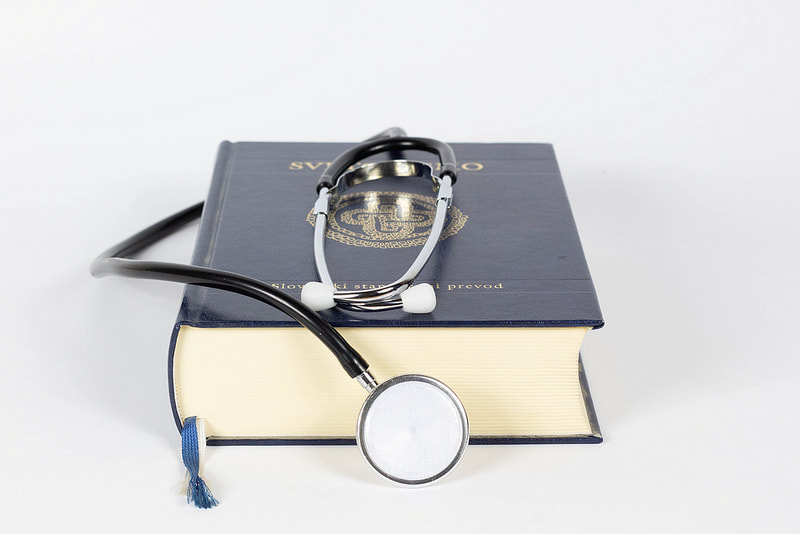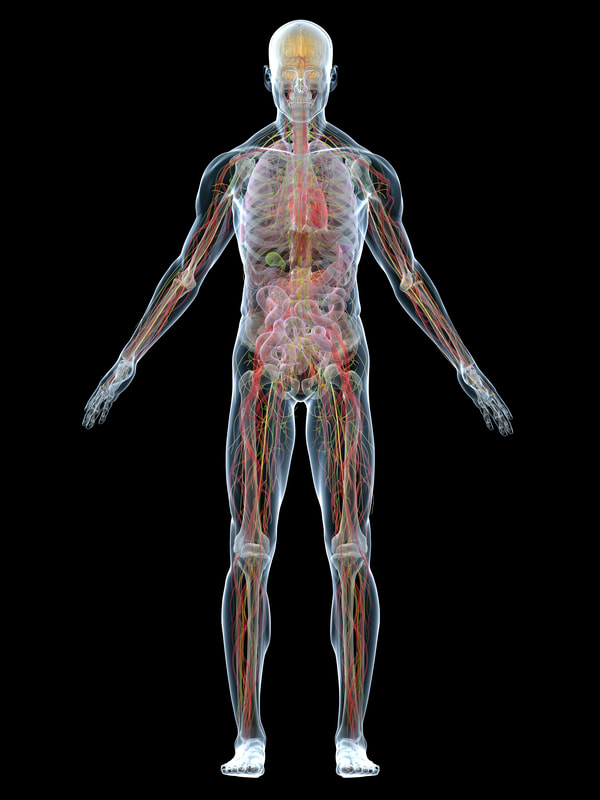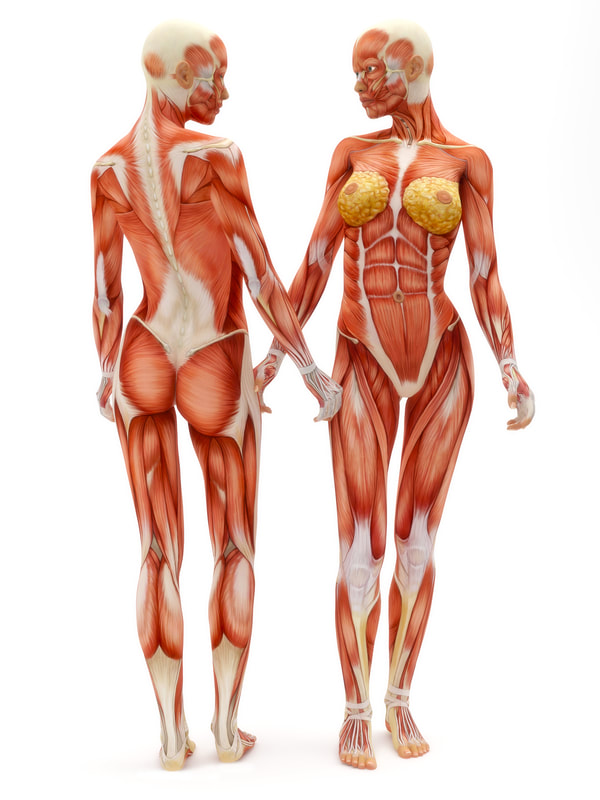What is the language of anatomy?
AN INTRODUCTION TO ANATOMICAL TERMINOLOGY
Using proper medical and anatomical terminology allows all healthcare workers to communicate in one language which reduces errors and saves lives.
|
The language of science was designed to be universal. The idea is that experts in the field of science l (medicine, biology, zoology and chemistry etc.) can communicate exactly and precisely with one another, regardless of their language.
Getting rid of ambiguity is imperative in communicating an idea, a location on the body or a procedure. Imagine if you needed a life-saving procedure and the doctor gave your surgeon the ambiguous instruction, "remove mass from inside chest". |
|
YIKES!
Why Latin?
|
Well.... there was a time where all "standard" communications in scientific disciplines were written in Latin as the "international scientific lingua franca." In the days of the Roman empire, Latin was the main language used in all scientific, civil, diplomatic, legal, and even religious communication across Europe.
|
|
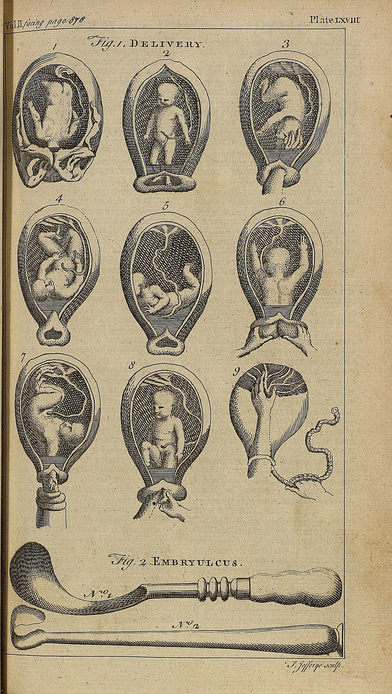
Many languages change over time.
If you read a text written in Old English, you may find it challenging to interpret, even as an English speaker. Several documents exist today that experts cannot interpret because the language or dialect in which it was written has essentially "died out".
The idea of using a universal language (LATIN) was to preserve important knowledge for future generation.
Latin as a universal language persisted through the Renaissance Era. The idea of Latin as the universal language began to fall out of favor in the 1700's. However, the Latin roots in medical terminology and anatomy have remained intact.
If you read a text written in Old English, you may find it challenging to interpret, even as an English speaker. Several documents exist today that experts cannot interpret because the language or dialect in which it was written has essentially "died out".
The idea of using a universal language (LATIN) was to preserve important knowledge for future generation.
Latin as a universal language persisted through the Renaissance Era. The idea of Latin as the universal language began to fall out of favor in the 1700's. However, the Latin roots in medical terminology and anatomy have remained intact.
So, learning anatomy really is like learning another language. But, don't worry. You will see these prefixes, roots and suffixes over and over again in medical and anatomical terminology. And even if you forget the meaning of a word on a test, you can often infer the meaning by looking at the parts of the word that you do know!
LET'S GIVE IT A TRY!
LET'S GIVE IT A TRY!
- Prefix: A prefix is placed at the beginning of a word to modify the meaning. Pre means "before."
- Root: The root is the central part of a word.
- Suffix: The ending part of a word that modifies the meaning of the word.
|
Myocarditis
(prefix) = myo, which means muscle (root) = card, which means heart (suffix) = -itis, which means inflammation |
|
A Short List of Examples |
|
ROOT, PREFIX OR SUFFIX |
MEANING |
EXAMPLE |
a-, an- |
not, without |
|
ab- |
from; away from |
|
acou- |
relating to hearing |
|
acr- |
extremity |
|
-ad |
toward |
|
aden- |
-Of or relating to a gland |
|
adip- |
Of or relating to fat or fatty tissue |
|
adreno- |
Of or relating to adrenal glands |
adrenal artery, Adrenalin |
aer(o)- |
air, gas |
Aerosinusitis, Aerosol |
alge(si)- |
Analgesic, Fibromyalgia |
|
Va ambi- |
Denoting something as positioned on both sides |
|
amni- |
Pertaining to the membranous fetal sac |
Amniocentesis, Amniotic Fluid |
amylo- |
starchy, carbohydrate-related |
|
an- |
not, without |
|
andr- |
pertaining to a man |
|
angi- |
||
anti- |
Describing something as 'against' or 'opposed to' another |
|
arteri(o)- |
Of or pertaining to an artery |
|
arthr- |
Of or pertaining to the joints, limbs |
|
-asthenia |
||
ather- |
fatty deposit |
|
Brach-– |
Of or pertaining to the Arm |
Brachiocephalic Vein |
Bi- |
Of or pertaining to the number 2 |
Bipolar, Bilateral |
Cardi- |
Of or pertaining to the Heart |
Cardiovascular System, Cardiac Arrest |
Cyt- or -cyte |
Of or pertaining to the cell |
Monocyte, Cytology |
Derm- or -Dermis |
Of or pertaining to the Skin |
Dermatitis, Dermatologist, Epidermis |
Encephalo- |
Of or pertaining to the Brain |
Encephalitis, Mesencephalon, Encephalogram |
Ecto/exo- |
Outer or Outside |
Exogenous |
Endo- |
Inner or Inside |
Endoscopy |
Epi- |
Upper or Upon |
Epidermis |
Gastro- |
Of or pertaining to the Stomach |
Gastrointestinal (GI) Tract |
Hemat- |
Of or pertaining to the Blood |
Hematology |
Histo- |
Of or pertaining to the Tissues of Living Organisms |
Histology, Histocompatibility |
Laparo- |
Abdomen, loin or flank |
Laparoscopic Surgery |
Mono/uni – One |
Of or pertaining to the number 1 |
Unilateral |
My/o – Muscle |
Of or pertaining to the |
Myalgia |
Neur/o – Nerve |
Of or pertaining to the |
Neurology |
Ocul/o – Eye |
Of or pertaining to the |
Oculomotor |
Ophthalm/o – Eyes |
Of or pertaining to the |
Opthalomogist |
Oro– or Ortho- |
Of or pertaining to the Mouth |
Orthodontics, Orophus, Oropharynx |
Oto– or -otic |
Of or pertaining to the Ear or Hearing |
Otolith, otology, otocyst, parotic, |
Pulmon- |
Of or pertaining to the Lungs |
Pulmonary Embolism |
Quad- |
Of or pertaining to the number 4 |
Quadriplegic |
Tri- |
Of or pertaining to the number 3 |
Tripod, Triangle, triple bypass |
Rheumat- |
Related to Skeletal Muscles |
Rheumatoid Arthritis |
Here are some examples of common medical terminology with suffixes:
FIELDS OF STUDY
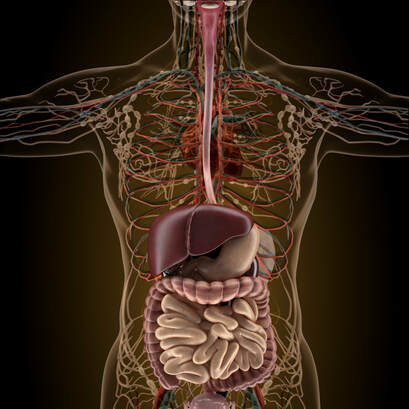
Anatomy: Parts of the body and its general structure.
Gynecology: Study and treatment of the female urinary tract and reproductive organs.
Hematology: Treatment of blood diseases and malignancies.
Microbiology: Related to bacterial and viral infections.
Neonatal: Special care for newborn babies with high dependency needs.
Neurology: Related to the disorders of the brain, spinal cord, or general nervous system.
Oncology: Chemotherapy treatments for cancer.
Pathology: The names for disorders and diseases.
Pediatrics: Medical assistance of infants.
Psychiatry: The study and treatment of mental disorders.
Rheumatology: Related to musculoskeletal disorders (bones, joints, muscles, etc.).
Surgery: Physical operative procedures.
Urology: Related to problems with the bladder and kidneys.
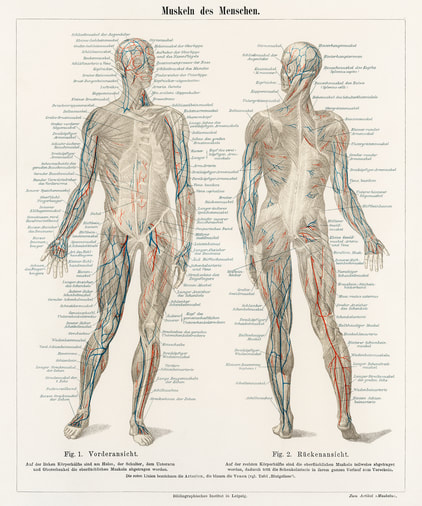
Abortive: Cutting short the course of a disease.
Abrasion: Friction wearing away of the top layer of skin.
Abruption: A sudden breaking away or breaking off.
Accessory: Extra or supplementary to the main element.
Ambulatory: Able to walk.
Analgesia: Loss of pain where pain would normally be evident without loss of consciousness.
Benign: An abnormal growth that is not life-threatening.
Cavity: Hollow space in the body containing one organ or more.
Compression: To apply pressure to stop bleeding or prevent further injury.
Etiology: The cause of a certain condition.
Exacerbation: Deterioration of a condition.
Hematemesis: Blood in vomit.
Iatrogenic: A condition that appears as a result of treatment of another condition.
Idiopathic: Of unknown cause.
Intractable: Difficult to cure or alleviate.
Referred pain: Pain that is felt in another area to the original source of this pain.
Reflux: Going backward.
Remission: Signs of disease have ceased.
Subcutaneous: Below the skin.
Syndrome: A set of symptoms that indicate towards a certain condition, disease or abnormality.

